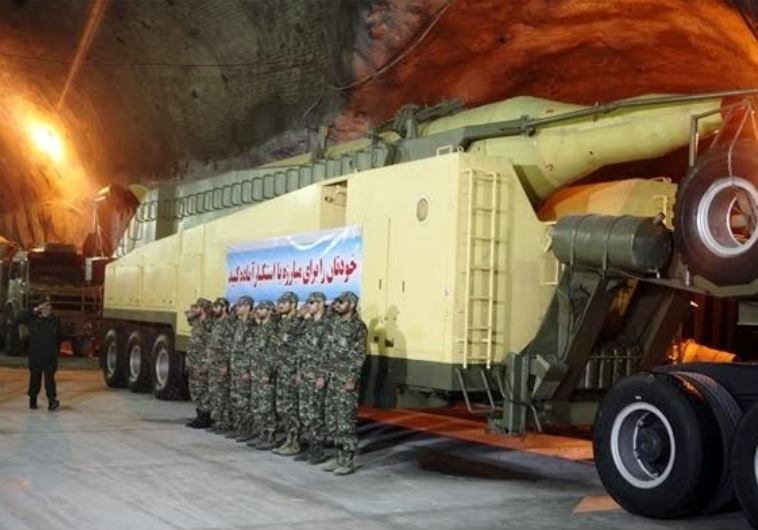Israeli arms control expert: Iranian long-range missile test is challenge to US
Dr. Emily Landau says Imad surface-to-surface missile “is a leap in terms of its precision, and it is capable of carrying a nuclear payload."
 (photo credit: IRANIAN MEDIA)Updated:
(photo credit: IRANIAN MEDIA)Updated: